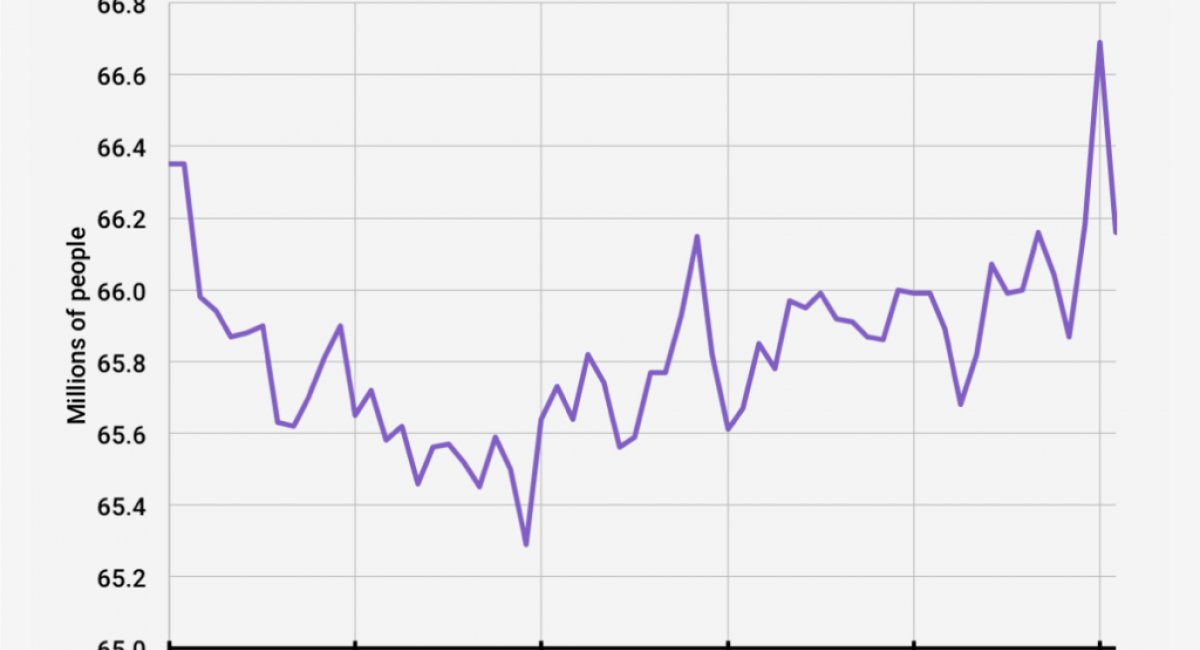
The Japan Times reports that the number of hikikomori in Japan, or those choosing complete withdrawal from all social interactions, has grown over the past few years. Psychiatrist Tamaki Saito, an expert on the subject, has stated that there might be some 2 million hikikomori in Japan, more than the official government estimate of 1.15 million. He also warned that the total number of Japanese foregoing social interactions might be as high as 10 million.
Official government estimates state that 613,000 hikikomori are between the ages of 40 and 64, raising the question of just how many elderly hikikomori will survive after their parents, who provide for all their daily needs, become ill or pass away.
Past studies argued that the main reason for the increase of hikikomori is related to a rigid social structure, which expects everyone to conform to certain socio-economic norms. Those who are unable to become productive members of society escape from all social interactions because of the amount of pressure placed on their shoulders. Additionally, some hikikomori may simply think that the benefits of partaking in real-life social interactions are not enough to compensate for all the personal stress. According to these studies, Japanese society should do more to help these individuals recover.






